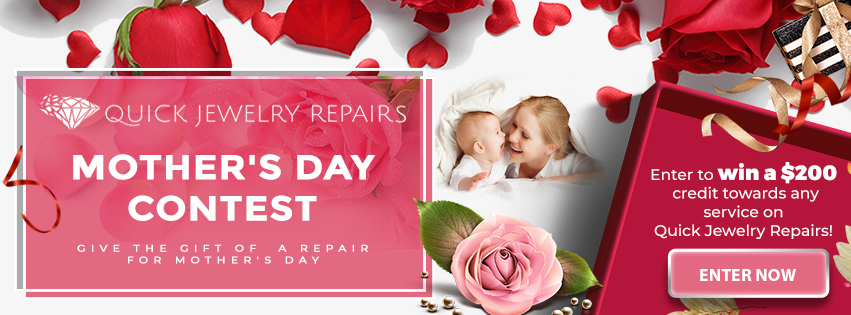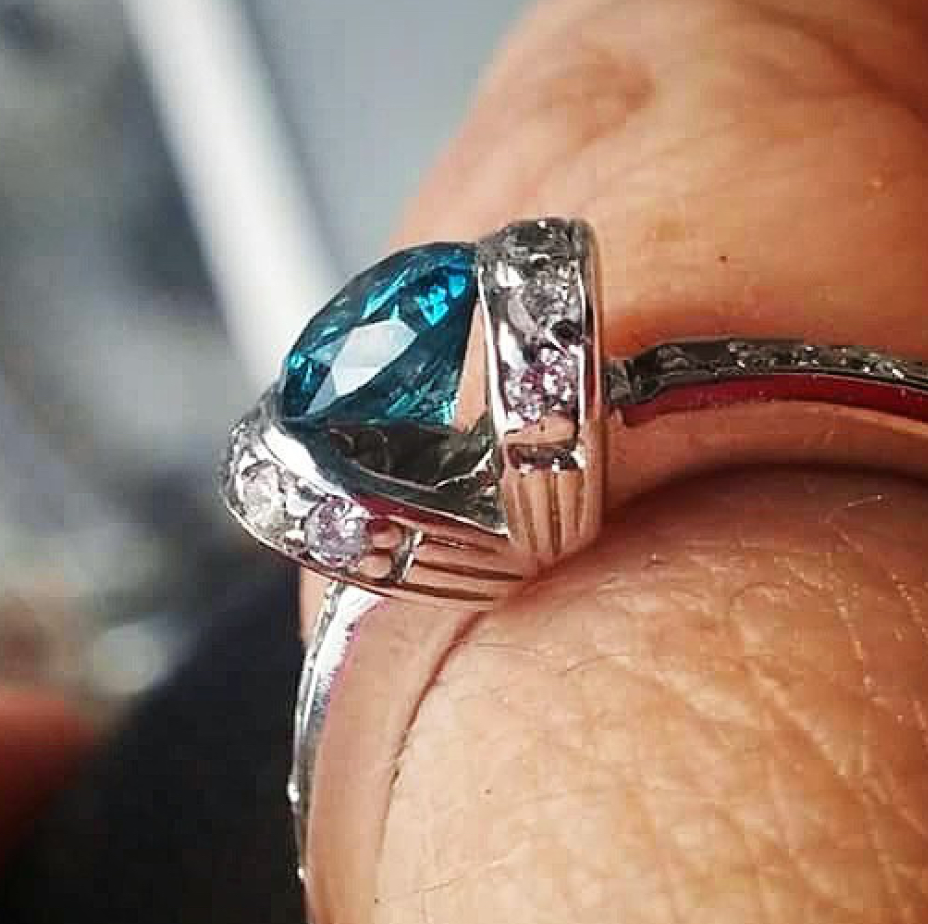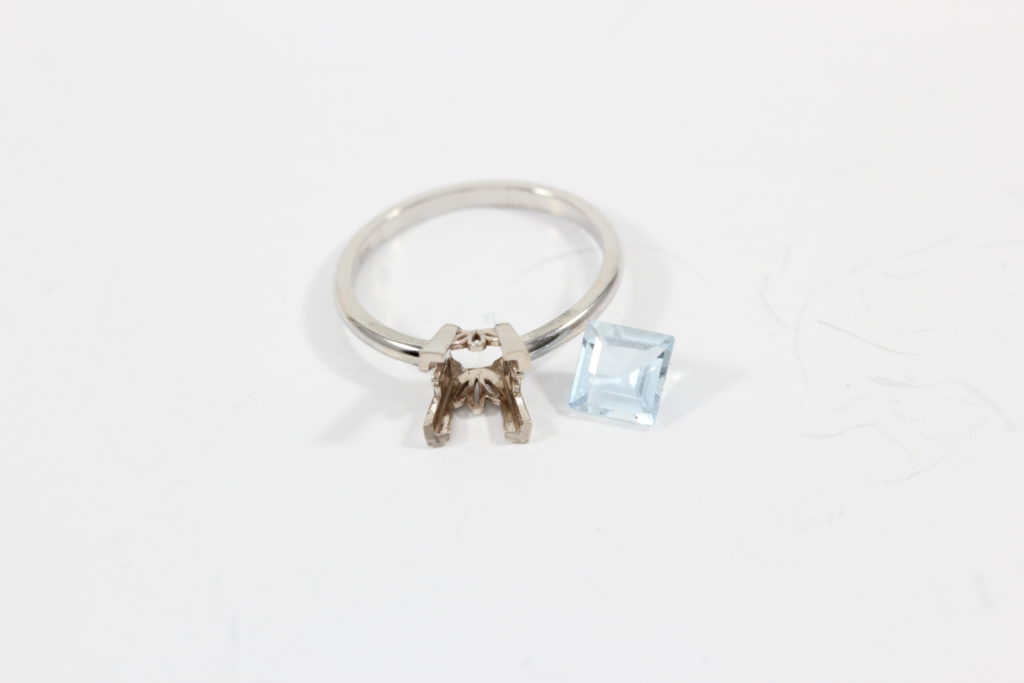How to Take Care of your Ears Post-Ear Piercing
Written by Serena Norr
January 17, 2018

You’ve made the decision to get your ears pierced in one way or another. Maybe you’re headed out to decorate your cartilage, lobes, tragus, or another spot. Regardless of where you’re piercing, there are several things to keep in mind during your ear piercing and healing process. These important tips will help to minimize the probability of any infections and to help you heal as efficiently as possible.
Taking Care of your Ears Post-Ear Piercing

1. Know Your Healing Timeline
Depending on which area of your ears you’re electing to pierce, the healing timeline will be different. Lobes are typically the quickest to heal, with a recovery time between four and six weeks. Cartilage piercings tend to take slightly longer at eight to twelve weeks due to the difference in composition of the area. Before you’re pierced, take time to ask questions about how long your healing process will be so that you’re prepared and fully informed.
2. Resist the Urge to Touch Your New Piercings
Although they are shiny and new, discourage yourself or anyone else from touching your new piercings. Hands carry lots of germs and bacteria that can infiltrate your new piercing and create an infection. Whenever possible, wash your hands thoroughly before touching your piercing at any time, which should only be for cleaning purposes.
3. Be Wary of Bumping Into Things
Particularly at first, your ear piercing is likely to be tender. Avoid getting it caught on clothing, hair, or accessories as avidly as possible. If you typically sleep on your side, you will likely have to adjust your sleeping habits during the beginning of the healing process. Side sleepers frequently transition to their backs in order to avoid rubbing piercings on pillowcases.
4. Make Cleaning Part of Your Routine
In order to stay consistent about cleaning and to remember it daily, add it into your regular routine. Typically you will clean piercings twice per day. Consider doing it before or after teeth brushing, or attaching it to another routine activity that you’re unlikely to forget. This may mean leaving yourself a few extra minutes in the morning before school or work. Make sure to be thorough.
5. Clean Your Piercing 12 to 24 Hours After You Get Pierced
The first time you clean your piercing, it will be about twelve to twenty four hours after you are pierced. Making sure to be deliberate about this first cleaning will set the tone for the cleaning routine that follows. Follow the instructions from your piercer very carefully. Cleaning will become quicker as you familiarize yourself with the particular steps involved.
6. Avoid Getting Hair Products in Your Piercing
Products like shampoo, conditioner, and hairspray can be irritating to a healing piercing. In order to be sure it stays clean, you might consider cleaning it immediately after you shower. This will remove any stray products from the area. Using a cotton swab dipped in your cleaning solution is typically an effective tool.
7. Touch the Backs as Little as Possible
Whenever possible, avoid touching the backs of your earrings. This may be difficult, especially if you are not used to the feeling of pierced ears at all. However, touching the backs of earrings with hands that have not been washed immediately before greatly increases the risk of infection. Furthermore, altering the distance between ears and earring backs can alter the amount of oxygen that is able to reach your healing piercing. This area needs oxygen in order to regenerate skin cells and close.
8. Use Saline or Salt-Based Solution
When cleaning your piercing, do not use soap. Stick to a saline or salt based solution recommended or provided by your piercer. These are gentler products that are more conducive to the healing process. Regardless of the fact that they may not be labeled antimicrobial or antiseptic, they are plenty suitable for cleaning healing piercing sites. Soap will simply make the healing process longer. If you accidentally get soap in your healing site, feel free to clean your piercing afterward as directed previously.
9. Avoid Rubbing Alcohol and Hydrogen Peroxide
You may consider rubbing alcohol and hydrogen peroxide some of the best cleaning agents for other healing sites, like cuts and scrapes. They do serve to kill bacteria and to prevent infections. However, these products are too harsh for piercing sites. They will kill bacteria, but they will drag out the healing time due to their harsh nature. Salt and saline solutions have the same cleaning properties and are gentle enough to bolster the skin rather than fighting against it.
10. Clean Your Piercing for the Entire Recommended Time
You got your cartilage pierced and the piercer said it would take eight to twelve weeks to heal. At six weeks, you’ve noticed that it looks completely healed, and you’re not worried about it getting infected anymore. Should you still take time twice per day to clean it? Absolutely. Think of this along the same lines as taking a prescribed medication for the requisite amount of time. If you fail to finish your dose, regardless of whether symptoms have subsided, there is a chance that you may relapse and become sick again. Similarly, if you elect to stop cleaning your piercing before the recommended amount of time has passed, you are still at increased risk for infection. Cleaning your piercing will not hurt it; it is better to clean for “too long” than too short of a time.
Remembering these tips before and after you choose to pierce your ears will help to diminish the chances of becoming infected. Your healing time will be as effective as possible, and at the end you will have healthy, healed piercings. The next time you elect to pierce something, you will have more experience to add to the process. Enjoy your newly pierced ears!
Lead image by delfi de la Rua on Unsplash
Photo by Enis Yavuz on Unsplash


